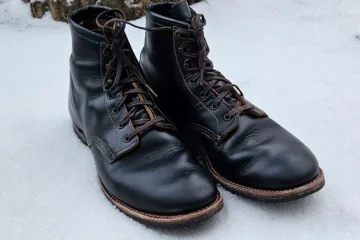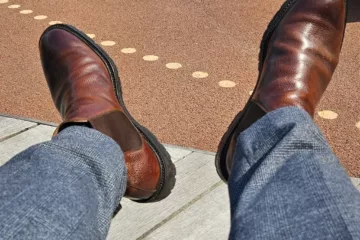Paraboot Chamfort
Paraboot is a French shoemaker. Paraboot is located in Saint Jean de Moirans near the heart of the French alps. The brand has been around for more than 100 years and been producing quality shoes and boots.
You will be able to find Paraboot fairly easily in many of the retailers.
Today I will introduce you Paraboot Chamfort Chelsea Boots to you.
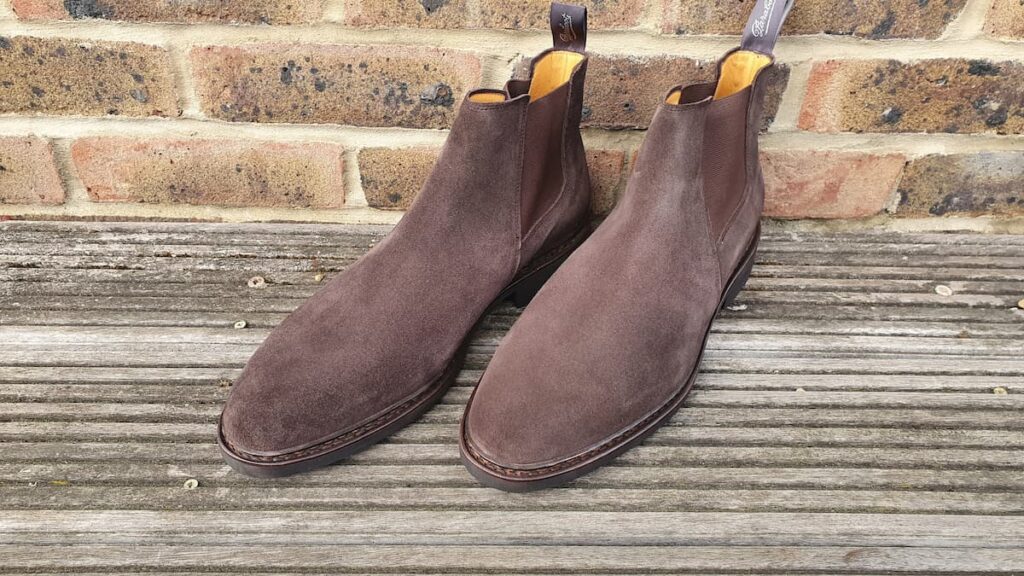
Paraboot Chamfort Suede
Unfortunately, Paraboot does not really disclose the type of their leather to the buyers. Suede is used to make Paraboot Chamfort. The suede itself is soft, but some of you may be wondering, what is this white powdery stuff on my Paraboot? Paraboot put certain powder on suede or leather boots to keep them prestine during the storage and the transportation.
So when you first get the shoes, you may think that the suede has a bit of a waxy touch, but essentially, it’s to keep the boots in the best condition they can. This stuff can be brushed out of the suede.
Paraboot Norwegian Construction
One thing that Paraboot is well-known for is their choice of construction method. Paraboot uses Norwegian construction method for most of their shoes and boots they make.
So what is Norwegian construction method or Norwegian welt? Norwegian construction method is known to be durable and also be waterproof. Generally, we won’t be able to tell much from normal usage compare to Goodyear welt.
Here is an of explanation from Paraboot.com.
“Principle
The upper is fixed to the sole by means of a welt. Both lines of stitches are visible: the “Norwegian” welt connects the welt to the upper and the assembly insole. Special fine stitching connects the welt to the outsole. It is also possible not to have a welt, in which case the two lines of stitches are sewn directly onto the leather at the bottom of the upper; this serves as a welt.
History
The Norwegian welt was particularly used for mountain and work shoes. Nowadays, it’s also used for casual shoes. For the record, the origin of the name remains a mystery but has no connection with Norway.
Advantages
This solid and flexible mounting technique both makes the shoe waterproof and resoleable. In addition, the Norwegian welt creates an assumed sportswear look. From a purely technical point of view, the advantages of the Norwegian welt are comparable to those of the Goodyear welt.”
The diagram on the right is from Yuketen. There are two rows of stitches, first one goes vertically, connecting the outsole, midsole to the welt. The second stitching goes horizontally, connecting the welt, upper leather, lining and the channeled insole.
It shows a bit different construction compare to Goodyear welting method.
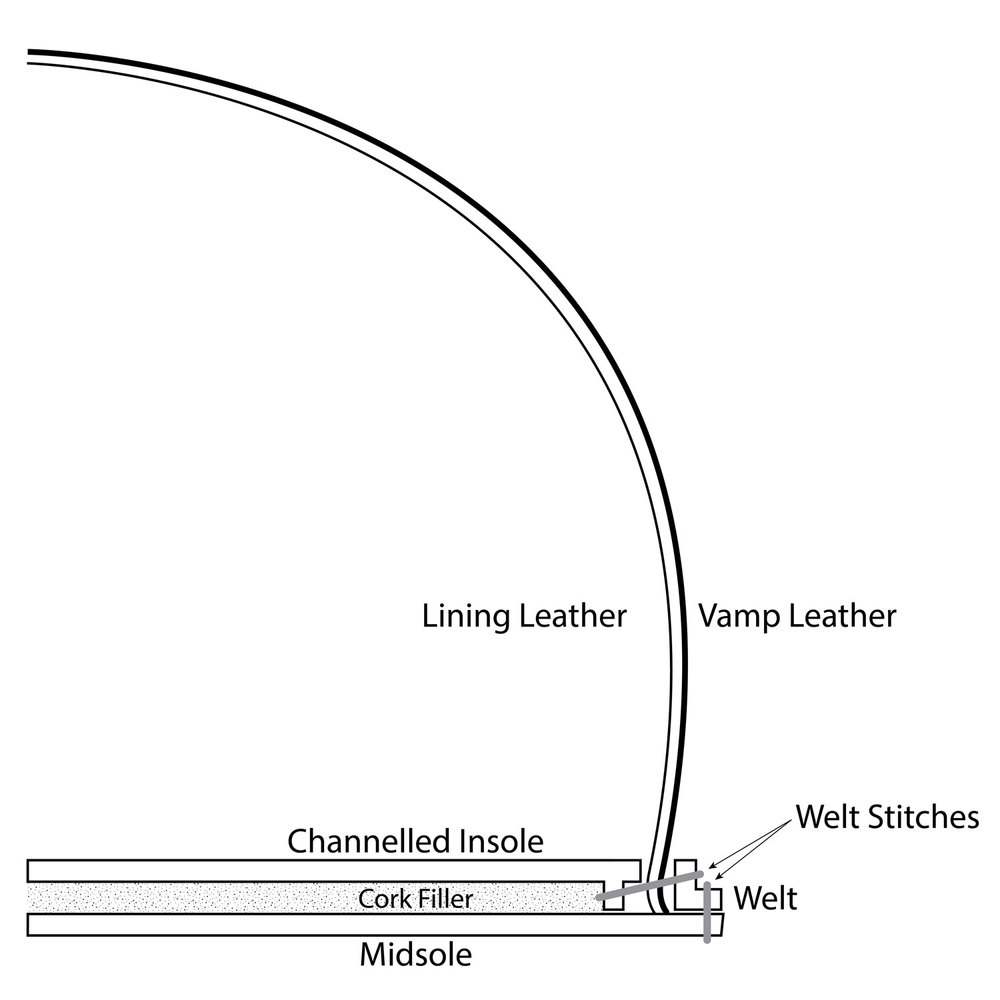
Paraboot Chamfort Rubber Outsole
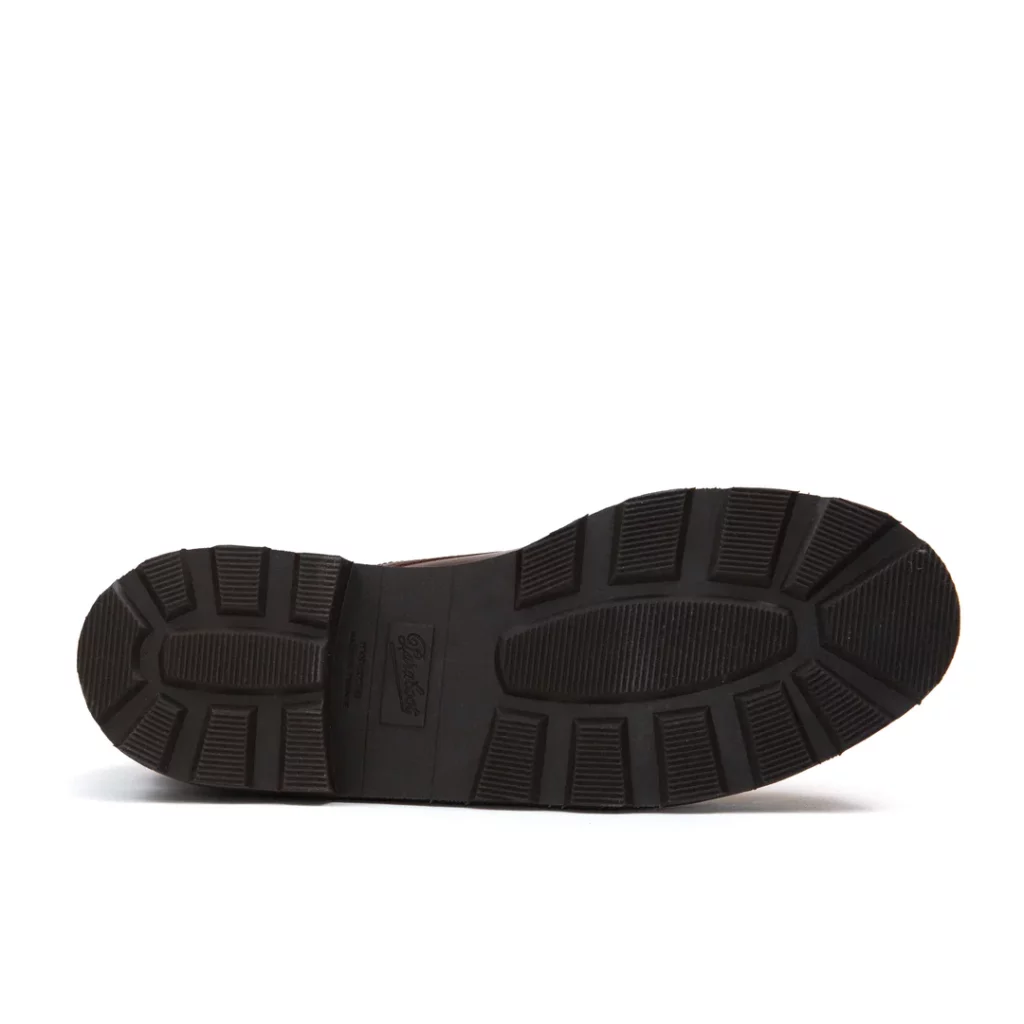
The outsoles of the boots have a lot of ridges, which is perfect for the wet and slippery weather in the UK.
The rubber outsoles are vulcanized and produced only for paraboot. I think this is one of the reasons by Paraboot is more affordable compare with other brands, given it’s great quality.
Outsole photo taken from shop lost and found
Paraboot Chamfort Chelsea Boots Sizing
One negative thing to mention about Paraboot is that the brand does not disclose the last they use for each models. I know that it is not a must, but I personally think that disclosing last will help people to get comfortable with the sizing of the shoes and purchase them according to the last the shoes and boots are made of.
My Paraboot Chamforts are Size 11. Most of the Paraboot boots are listed with British sizing and I decided to take my true to size with these Chelsea boots. I was told that other models that are shoes you need to go half a size down or sometimes full size down.
If you need help to decide on sizing. Check out Paraboot size guide.

